Sustainable wellbeing and green living
Let's find ways to Flourish!
What are Riparian Zones and why are they so vital?
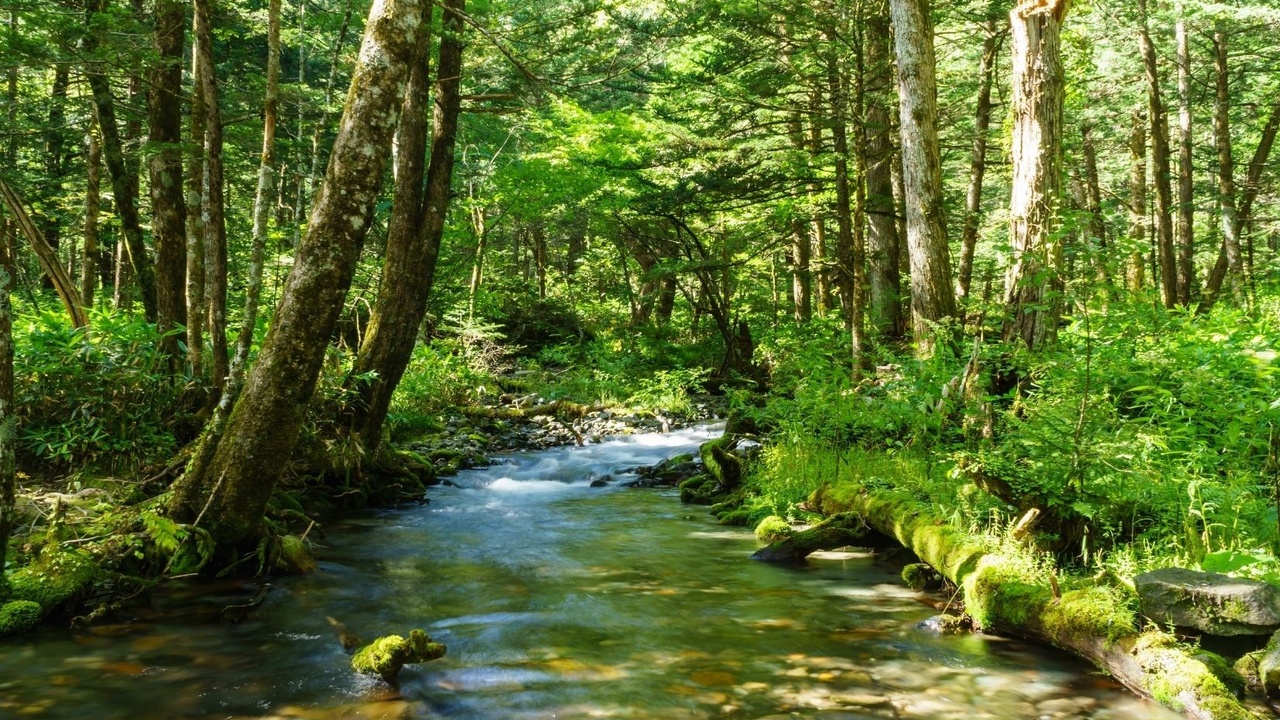
Spending time outdoors is great for our mental and physical wellbeing. Whether you are going for a stroll by the river or having a picnic in the park, there’s nothing quite like getting some fresh air and being able to appreciate the beauty of the outdoors!
Of course, it is also very beneficial to be able to understand how our favourite natural environments function ecologically. Being able to understand the role and importance of these ecosystems not only heightens our appreciation, but incentivises us to protect them as well.
There is one type of ecosystem in particular that is worth familiarizing yourself with: riparian zones. These areas are the green ribbons of trees, shrubs, and grasses that grow alongside riverbeds, streams, and wetlands.
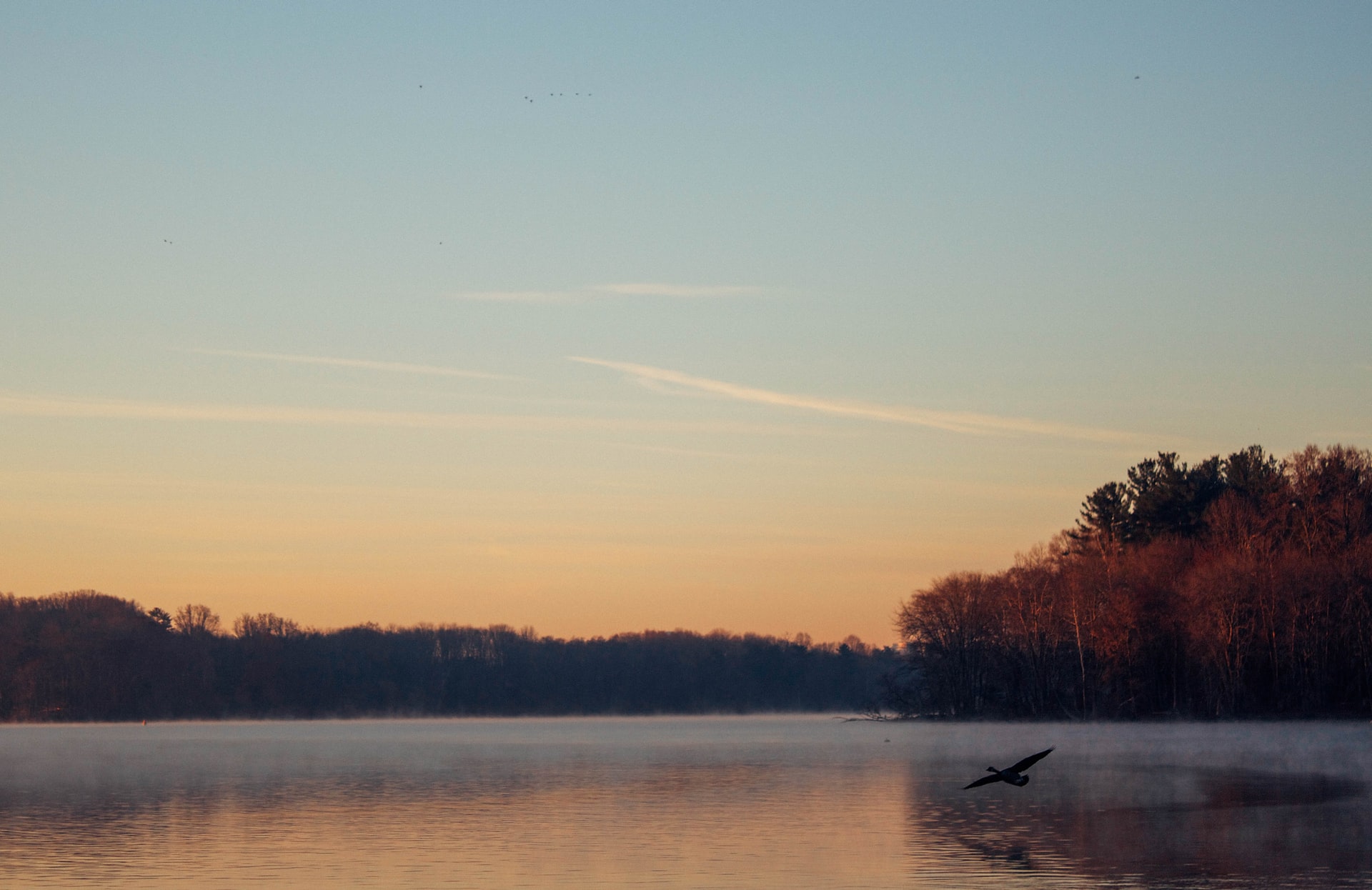
It is likely that you have spent time in a riparian zone. Perhaps you’ve walked along a riverside walking trail or simply admired their beauty from afar. But do you know about the many ways in which they positively impact the environment? ...
Remember the ozone hole?

It is no secret that on a global scale, the world is suffering from issues such as climate change and its related processes, poverty, pollution, malnourishment and hunger, and lack of security and wellbeing. While it can be depressing to think about all these current global problems, I think it is really important to remember that we have actually succeeded on a number of similarly pressing issues.
Do you remember hearing about the “hole in the ozone”? Well, it is actually something that gives me a lot of hope! That’s because it was a global problem of pollution that crossed borders and affected human health, agriculture and ecosystems. Yes, sounds familiar right? But guess what we got together and are on track to have that problem solved in the next 30 years! Yes, I said SOLVED!
Doing it together makes it work
With these global, large-scale problems, we need countries around the world to work together on the same goals and targets in concert on these issues. While individual nation...
#EarthOptimism

If you’ve noticed that mainstream environmental news tends to be increasingly negative and concerning, you’re not alone. And to be fair, there are lots of environmental issues to be concerned about – so it’s natural that these issues, such as forest fires, floods, and increasing carbon dioxide levels in the atmosphere, are being reported on.
It is true that this type of environmental reporting can be effective. Especially for those who may be unaware of how serious the issue of climate change is. But for the rest of us who are aware of these issues and are taking steps to live more sustainably, being constantly bombarded with negative news can be exhausting, and even depressing.
In fact, it might even be increasing your eco-anxiety. Eco-anxiety is often defined as a chronic fear of environmental doom which stems out of a place of deep caring for the planet and its inhabitants. To learn more about eco-anxiety, check out episode 5 from my Live.Well.Green Podcast “Strategies for Combatt...
What does climate resilient housing look like?
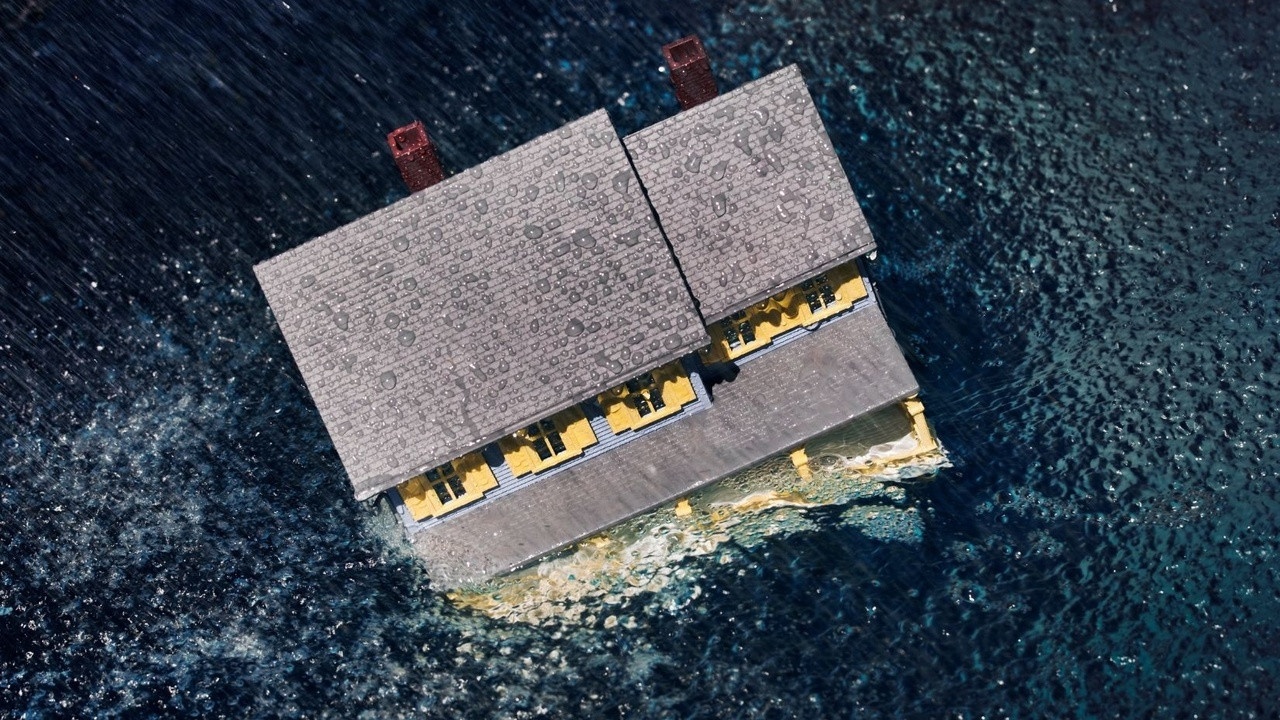
Housing is a great place to start when discussing and remediating our environmental impacts, as residential buildings, in combination with commercial buildings, are responsible for 36% of global energy use and 39% of energy-related carbon dioxide emissions annually.
The good news is that thanks to the green building movement, people are becoming more and more aware of the different ways in which we can minimize our environmental impact through design. For example, we can employ green building techniques such as rammed earth construction, passive housing, and passive solar.
However, designing for reduced environmental impact isn’t the only thing we should be considering when it comes to housing. On a global scale, humanity is experiencing the consequences of our environmental actions – climate change. We are seeing unusual and unpredictable temperatures, changing weather patterns, and more severe storms and natural disasters, as there is more energy in the atmosphere along with change...
Another tool to reduce Climate Change: Afforestation

When discussing the various ways in which we can mitigate climate change and help heal the planet, reforestation is a popular suggestion.
Reforestation is the natural regrowth or intentional planting of trees in existing forests and woodlands which have been depleted. Reforestation is often used as a way to remediate the negative effects of deforestation or clear-cut logging.
For example, tropical forests in Latin America face extreme deforestation due to logging, agriculture, and livestock grazing. Replanting native tree species within these areas helps to conserve habitat for wildlife species and also helps stabilize the climate by increasing the removal of CO2 from the atmosphere by trees.
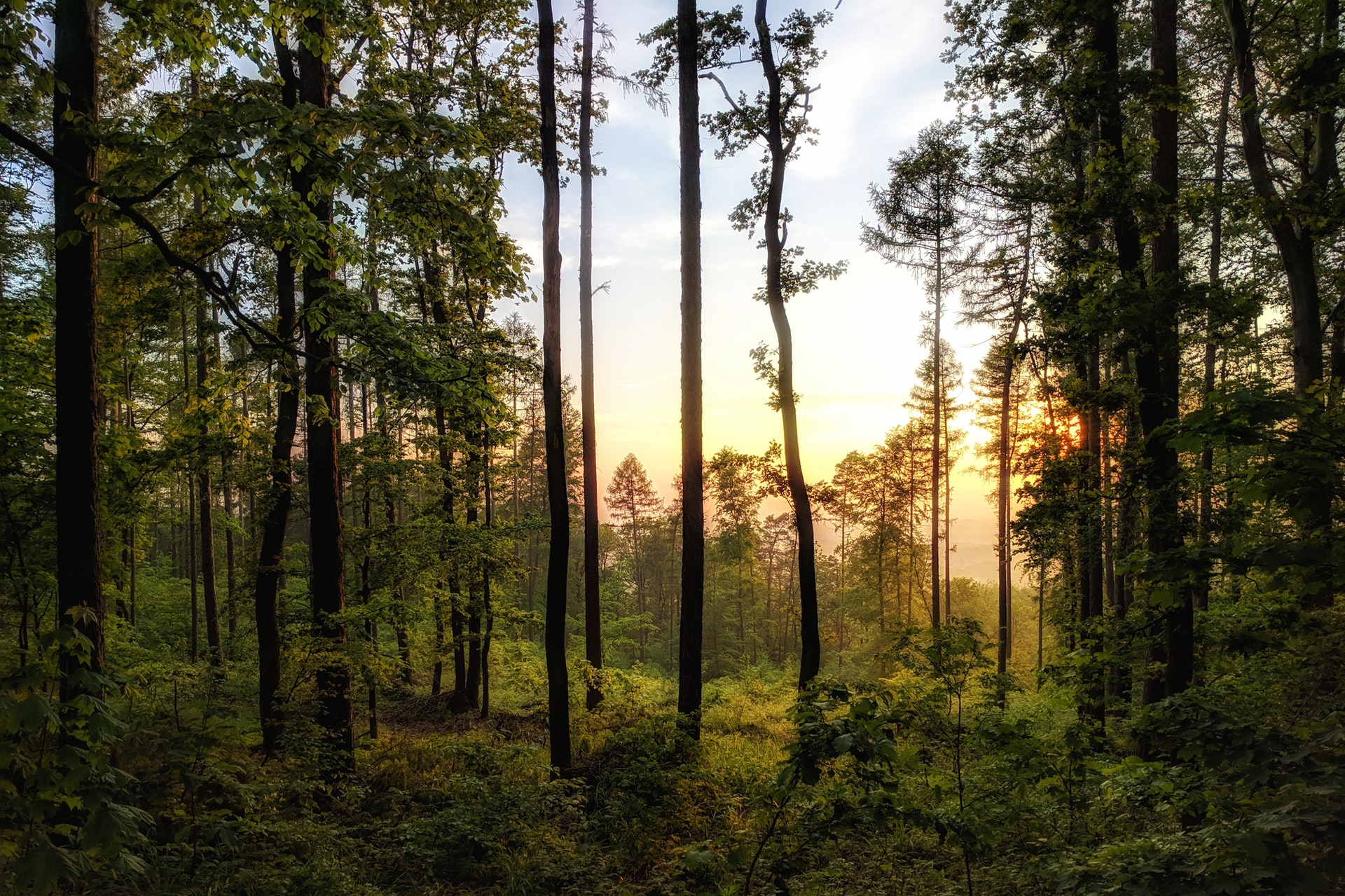
Trees have the potential to significantly impact the health of our planet (read all about why we need to celebrate trees here), so we shouldn’t shy away from climate solutions which utilize these magnificent plants! Yes – reforestation is one answer, but did you know that there are other ways...
Don’t wait, begin your Race to Zero
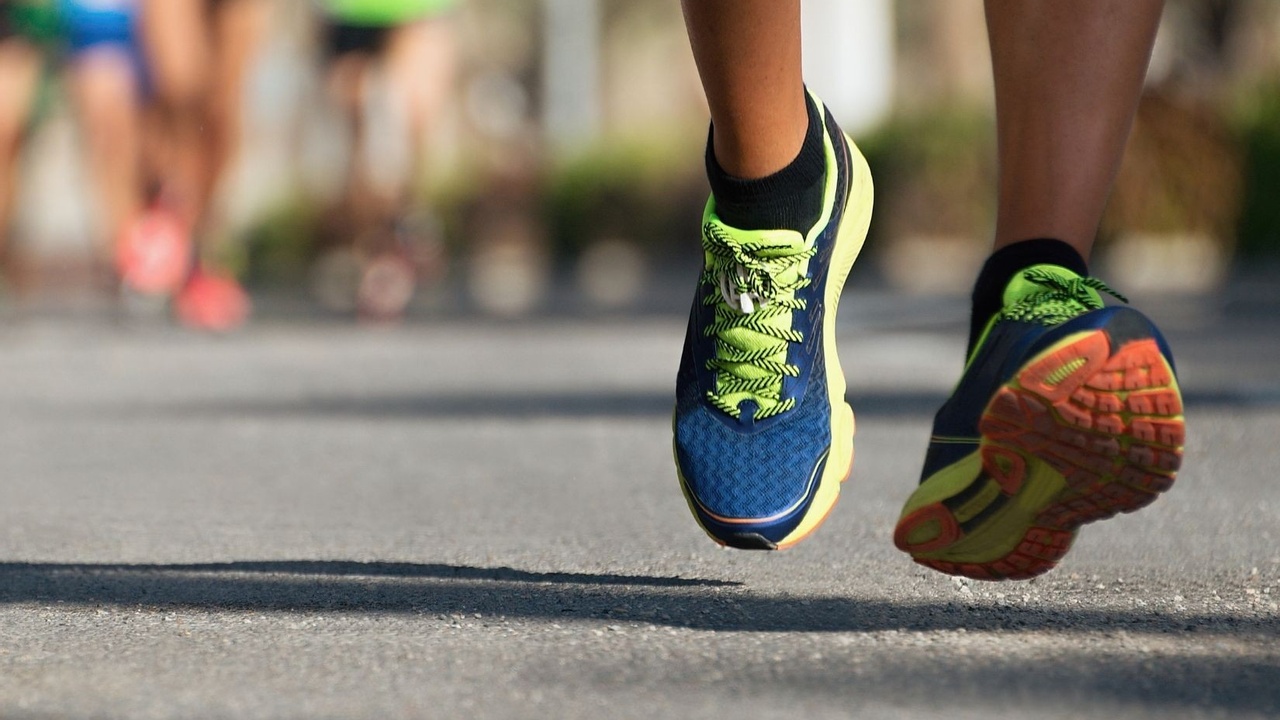
Now, more than ever, we must make a worldwide effort to reduce and even eliminate our use of carbon. Climate change is no longer a problem of the future…it’s happening now, and it has devastating impacts that are becoming increasingly difficult to ignore.
Look at Canada, for example. Canada experienced record-breaking heat levels in the summer of 2021. Within two days, the Canadian temperature record increased from 45°C (113°F) (recorded in 1937) to 47.9 °C (118°F). Not only was this the hottest temperature that Canada had experienced, but it was also the highest temperature ever recorded on the planet north of 50N latitude. Crazy right?

Rising temperatures have serious human health and environmental consequences. Just last year, air temperatures reached 38°C (100°F) in Siberia, causing the acceleration of permafrost thawing in the region. Permafrost contains a large amount of greenhouse gases which are released into the atmosphere as it thaws.
And the impacts of climate change do...
Can road design reduce carbon emissions?
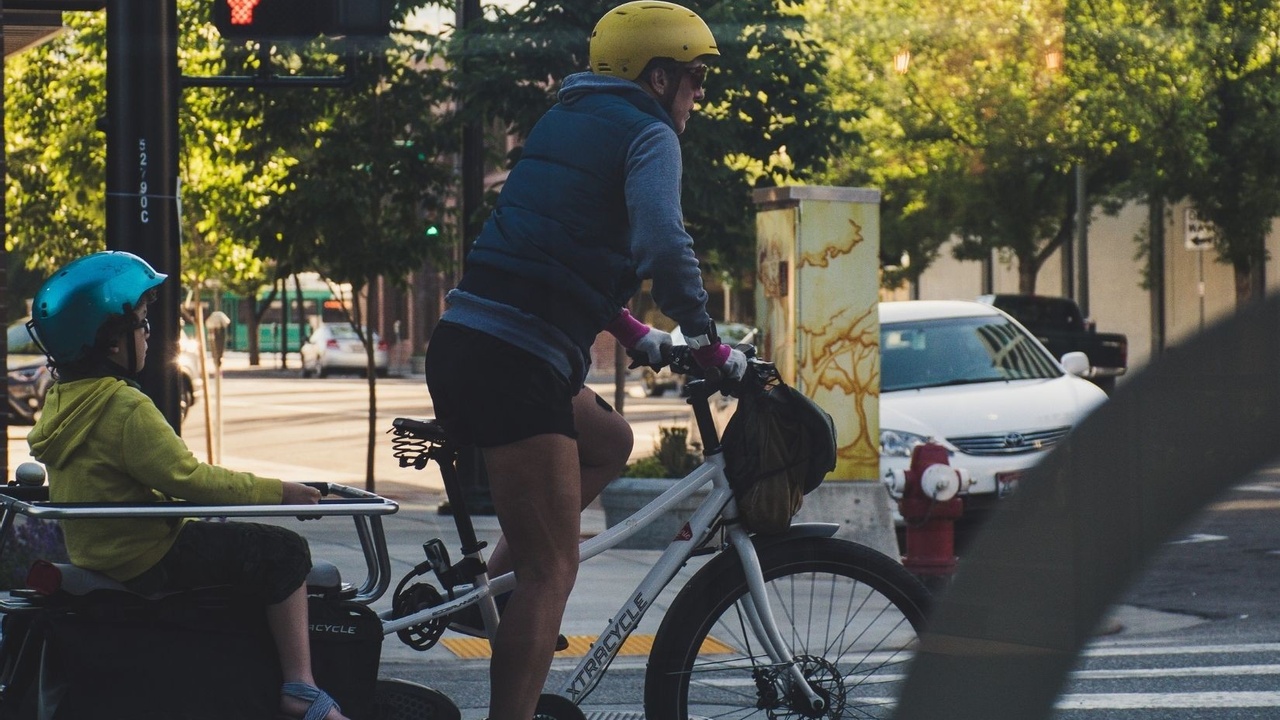
Reducing the prevalence of cars in cities is an important part of creating more sustainable cities. We know that automobiles emit harmful pollutants such as carbon dioxide and reduce walkability, so we need to ask ourselves, “what can we do to minimize their usage?”
While there are many methods of reducing automobile usage, such as the promotion of active transportation through the creation of urban walking trails, bike lanes, and the utilization of Transit Oriented Design, the reality is that vehicles will continue to be used for quite some time.
For one, they are practical when travelling long distances and can accommodate large groups of people (ie. busses). In addition, electric vehicles are gaining popularity which means that the overall environmental impact of automobiles will be reduced!
Prioritizing road safety
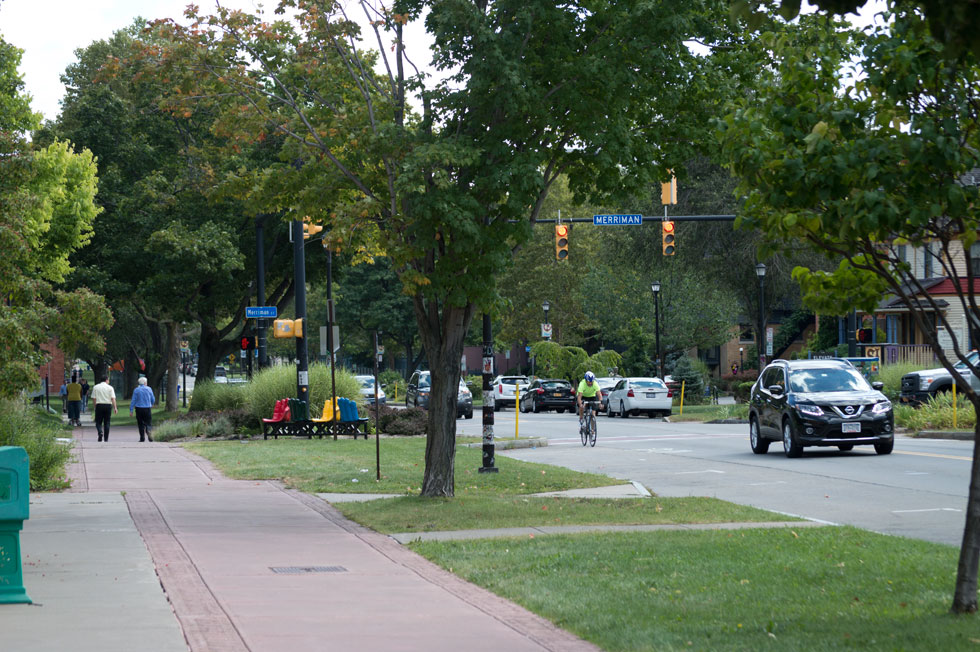
Photo sourced from: Streets for the People
This is why it is necessary to make our roadways as safe as possible. As long as vehicles are around, they pose a serio...
Is night solar the next form of green energy?
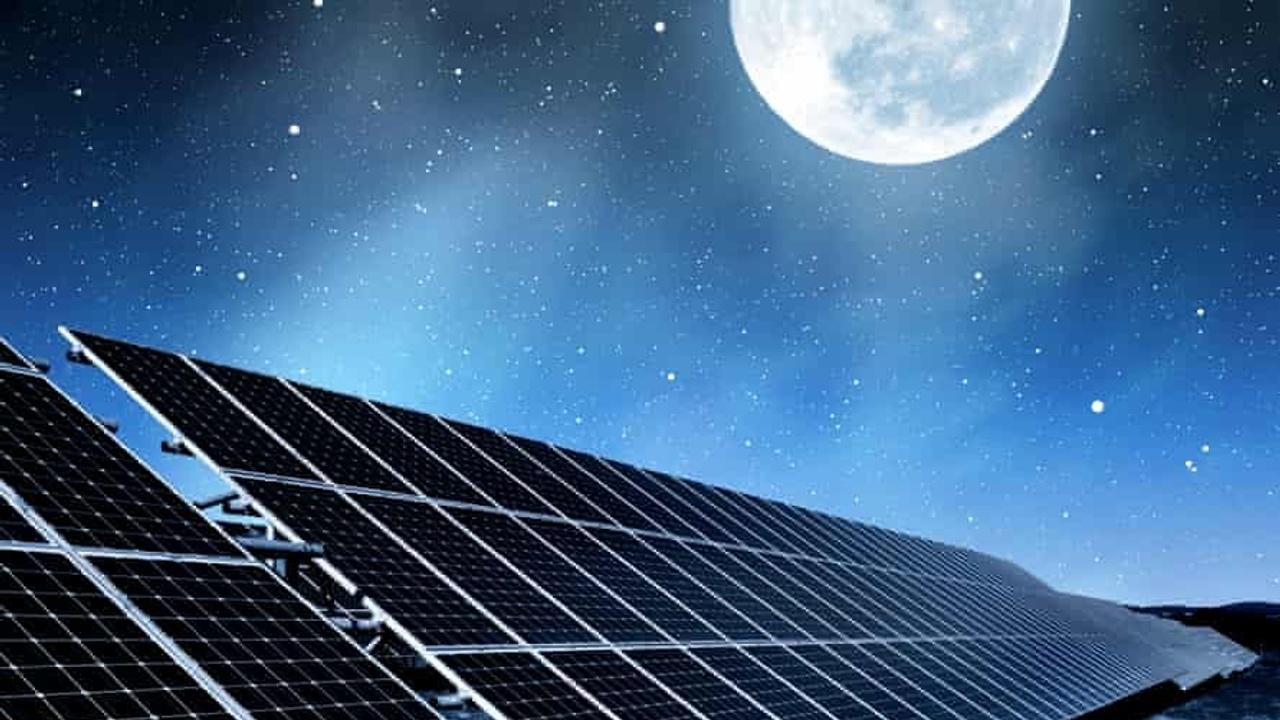
Image sourced from: The Guardian
Solar power is a type of renewable energy that has the ability to help us reduce our carbon emissions and mitigate climate change, as it is a viable alternative to electricity generated from fossil fuels. You are probably quite familiar with solar power since it is one of the most common forms of alternative electricity generation and has many different applications!
For example, solar power has proven to be a life-changing addition to remote communities where electricity is not widely available or affordable.
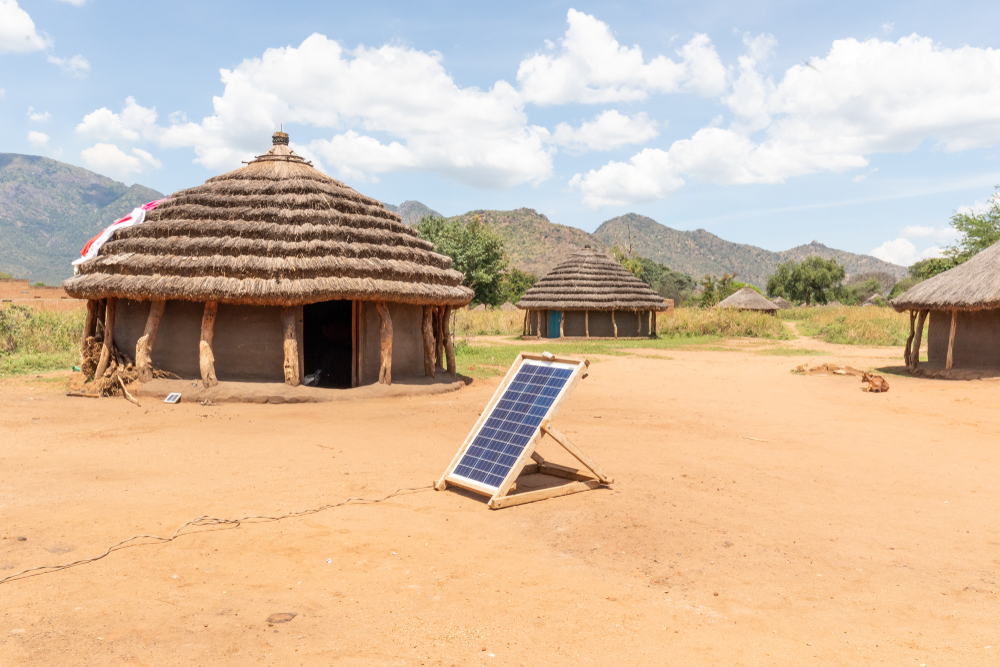
Solar power’s many other uses range from the creation of backpacks with built in solar lights to green building technologies such as solar panels and solar walls.
How solar energy becomes electricity
Solar energy can be harnessed and converted into useable energy (such as electricity) through the use of photovoltaic panels, more commonly referred to as solar panels. When a solar panel is placed outside in a sunny location, incoming sunlight...
Room for the River
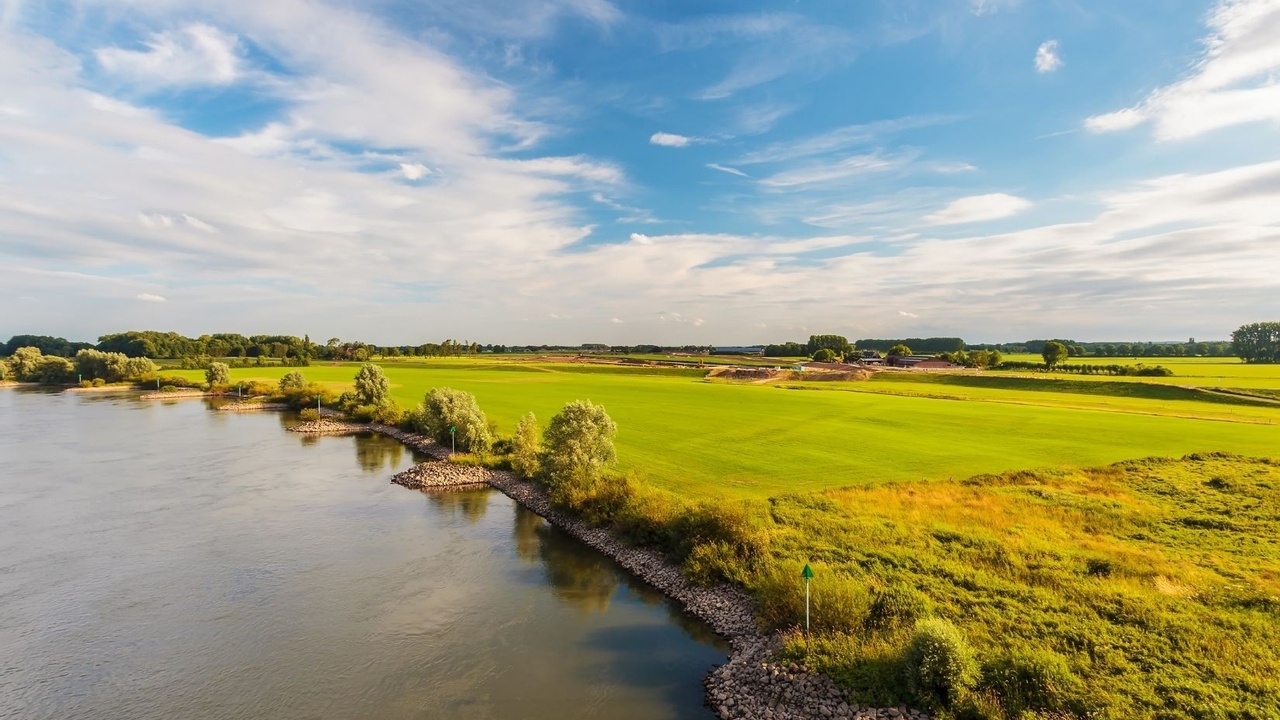
It is not uncommon for people to think of the natural environment as separate from the built environment. To be fair, it is hard to think of oneself as being part of the natural world when located in urban areas which are surrounded by buildings and concrete as far as the eye can see.
That being said, the truth is that there is no way to escape nature, as we are a part of it! Whether it seems like it or not, our human environments are constantly influenced and affected by nature and natural processes. One of the best ways to illustrate this concept is by discussing natural disasters such as earthquakes, hurricanes, and floods.
The climate change sized elephant in the room
These events are impossible to prevent. There is not much we can do in order to stop natural disasters from happening. The truth is that they do occur and will continue to occur due to climate change which exacerbates natural disasters both in terms of frequency and severity.
As you may know, either from firsthand...
Why we should emulate nature in design

Humans are influenced by nature in many different ways. One of those ways is through design. In many cases, we take inspiration from our natural surroundings when it comes to architecture, interior design, and many of our human-made inventions.
While taking inspiration from nature may be something as simple as utilizing natural colour schemes, nature-based design can also be much more complex. Take biomimicry for example.
Making design better!
Biomimicry is the reproduction of natural forms and their functions, to make human-designed objects and machines more efficient. According to the Biomimicry Institute, biomimicry is “an approach to innovation that seeks sustainable solutions to human challenges by emulating nature’s time-tested patterns and strategies.”
Some quick examples of biomimicry include:
- Increasing the efficiency of wind turbine blades, airplane wings, and propellers by mimicking the bumps seen on the front edge of a whale fin.
- Decreasing the noise level of Japan ...

